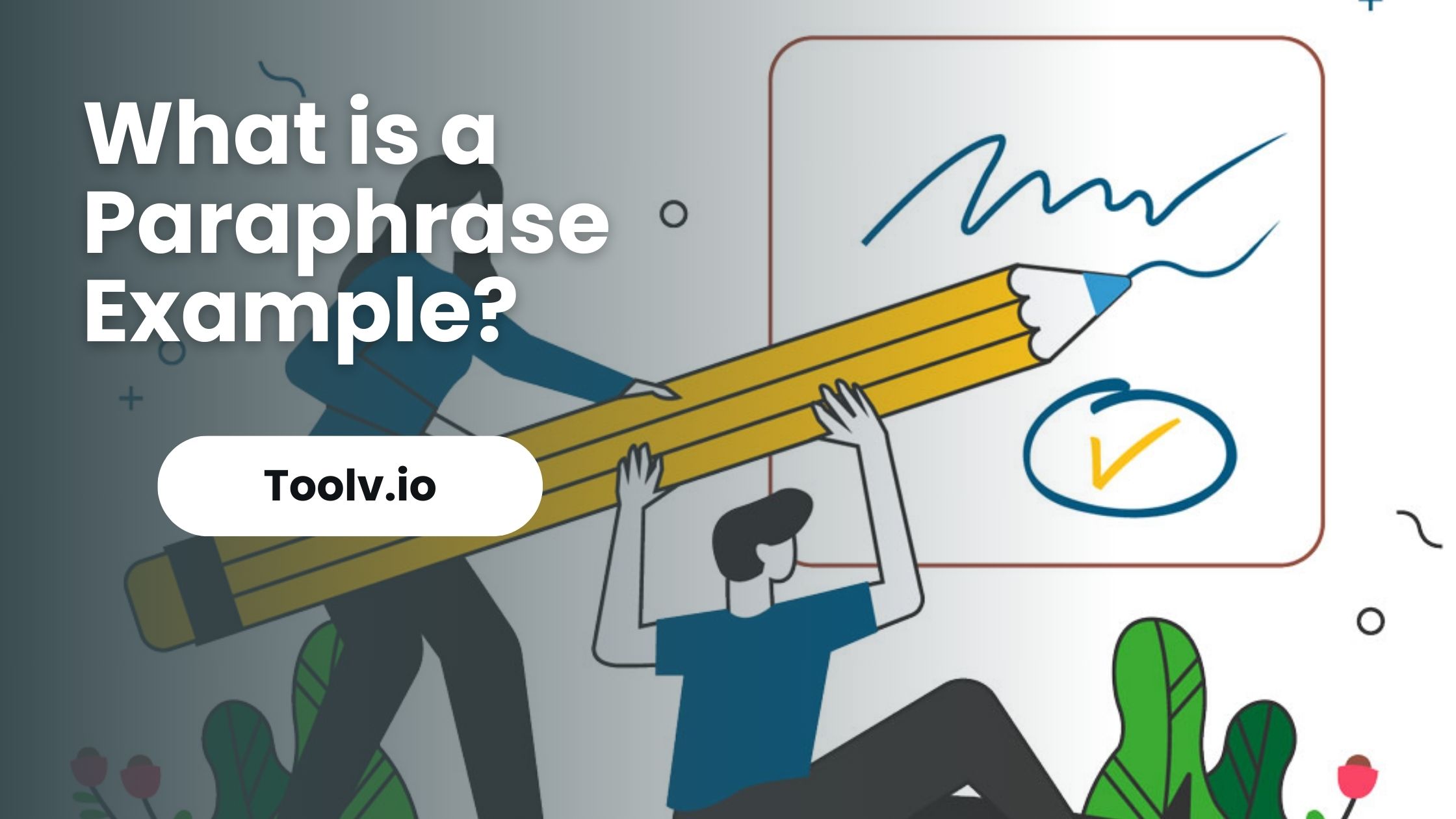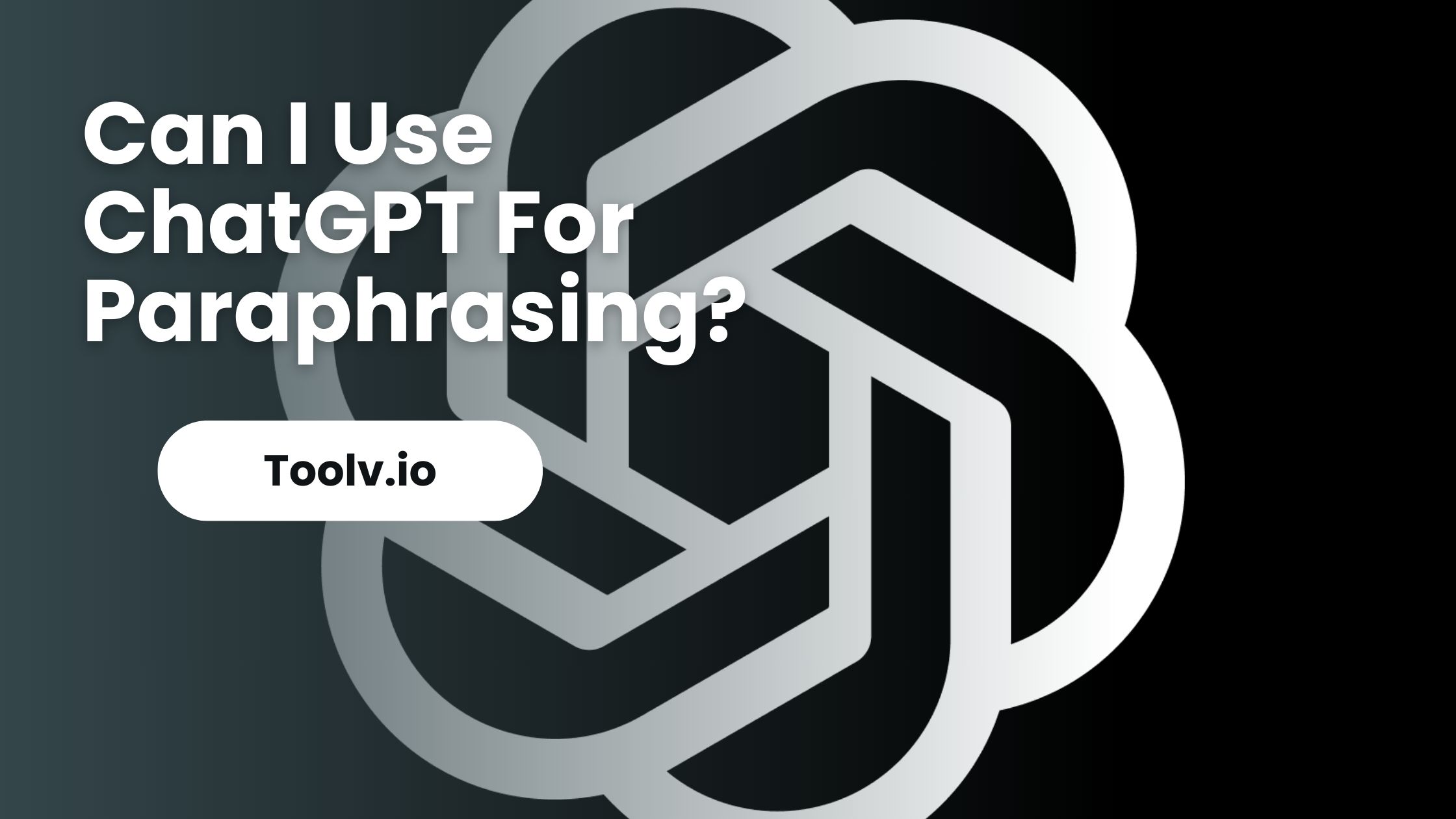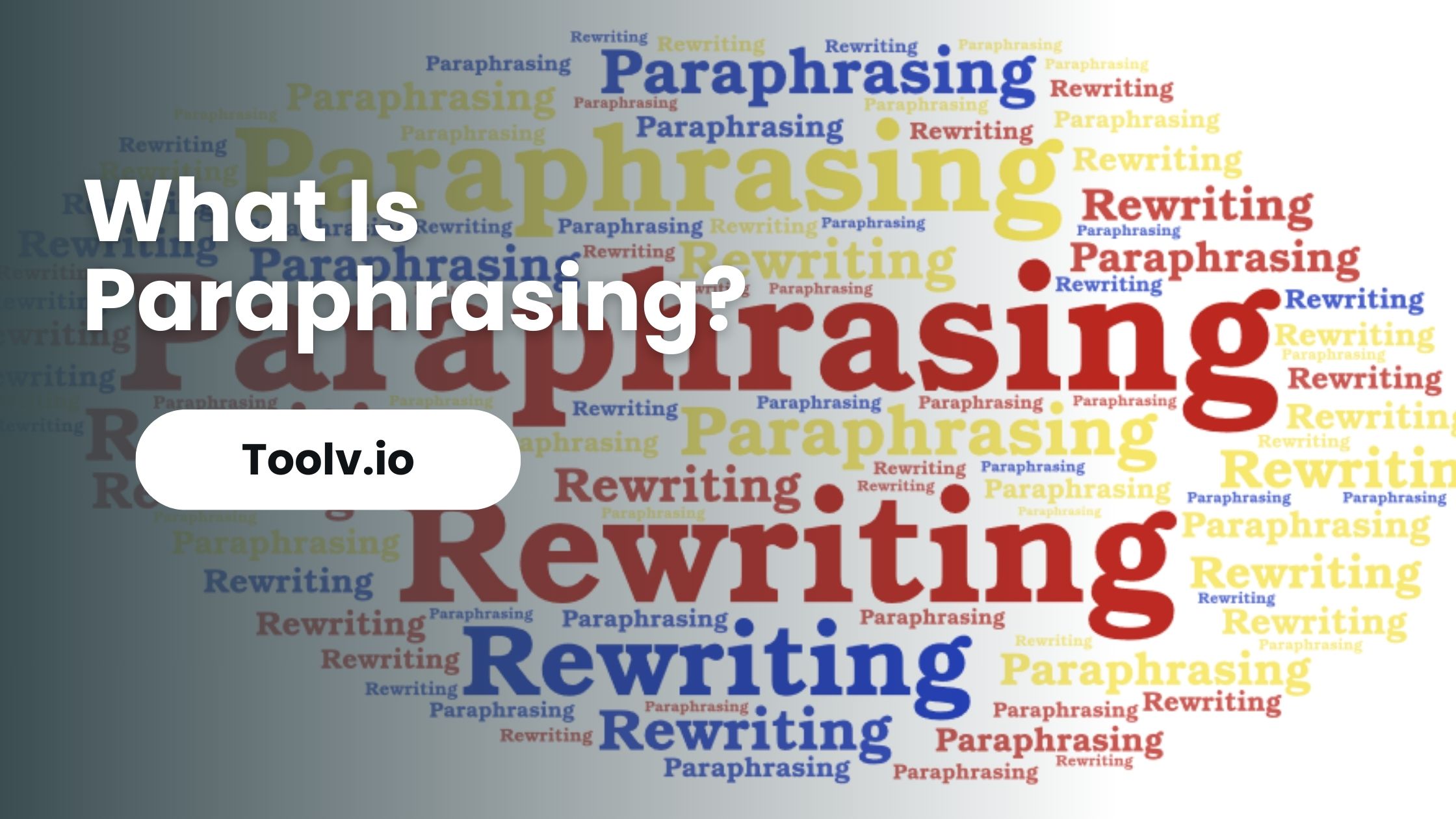What Is Paraphrasing Antonyms?

Paraphrasing antonyms refers to words with opposite meanings to paraphrasing. While paraphrasing restates ideas from sources in your own words, its antonyms describe directly copying existing text.
In this article, we will discuss what techniques contrast with paraphrasing, when they can be useful in writing, and why directly quoting verbatim has a different effect than putting information from sources into your own language style.
What Is Paraphrasing Antonyms?
Paraphrasing antonyms refer to words and techniques that are the opposite of paraphrasing. Some key paraphrasing antonyms include:
- Quoting – Taking words verbatim from a source and inserting them unchanged rather than rewriting ideas. Quotes copy passages word-for-word in their original phrasing.
- Replicating – Copying content exactly without alteration, mimicking the original structuring and expressions.
- Duplicating – Reproducing a passage as-is without modifying, or reusing the same exact language.
- Mimicking – Imitating the writer’s style and vocabulary usage rather than interpreting ideas in your own voice.
- Mirroring – Reflecting the source’s linguistic patterns precisely rather than restating ideas in an adapted form.
In contrast to these antonyms, paraphrasing involves rewriting concepts, details and facts using your own unique words and phrasing. It demonstrates comprehension through linguistic transformation rather than duplicate reproduction.
Appropriate citation is still required when paraphrasing to credit content sources ethically. Understanding these key differences helps writers utilize quoting versus paraphrasing more deliberately for optimal impact.
Both can effectively incorporate outside sources when applied strategically.
Why Should We Paraphrase Antonyms?
We should not paraphrase antonyms. Paraphrasing antonyms refer to directly copying or quoting text verbatim from a source. The point of paraphrasing is to restate ideas in your own words.
Paraphrasing antonyms involves reproducing the exact original phrasing unchanged, which defeats the purpose. There are a few reasons we paraphrase instead of utilizing paraphrasing antonyms:
- Paraphrasing demonstrates comprehension of source material by accurately restating ideas linguistically. Directly copying text does not show understanding in the same way.
- Excessive quoting disrupts text cohesion and does not fit the writer’s voice. Paraphrasing weaves in source content smoothly using the writer’s unique expression.
- Readers lose interest when large verbatim quoted passages overwhelm writing. Paraphrasing makes the text more readable while still incorporating research.
- Paraphrasing enables the ethical use of source materials under the fair use doctrine by keeping citations. Direct copying walks the line of plagiarism without transformative work.
In sum, directly quoting source text verbatim should be used sparingly when the specific original wording is impactful. Accurate paraphrasing better demonstrates subject mastery and command over synthesizing research in one’s own style.
Uses Of Paraphrasing Antonyms
- Defining Terms – Sometimes a source defines a word or concept concisely and uniquely. Quoting the definition verbatim can help establish key terminology.
- Turns of Phrase – Impactful one-liners, witty puns, and powerful slogans may lose rhetorical power if altered. Quotes preserve these intact.
- Statistics – Unique measurable metrics like precise percentages or dollar figures often need replication without linguistic changes.
- Shock Value – In journalism and advocacy, directly quoting offensive remarks holds more weight than modifying the crudeness.
- Emphasis – Sparing use of full direct quotes highlights pivotal statements worthy of spotlighting in speeches.
While paraphrasing excels for embedding external ideas fluidly using the original voice, some situations warrant directly quoting text without adaptation for precision, clarity, and gravity.
Both techniques play a role in ethical source incorporation. Analyzing context guides strategic decisions between paraphrasing and its verbatim antonyms.
FAQs
What Does Paraphrasing Antonyms Mean?
Paraphrasing antonyms involves rephrasing a statement or text by using words that have opposite meanings to the original words while maintaining the overall original meaning. It’s a technique used to provide clarity or a different perspective.
How is Paraphrasing Antonyms Different from Regular Paraphrasing?
Regular paraphrasing involves rewording a text or statement while keeping the original meaning using different words. Paraphrasing antonyms specifically uses words with opposite meanings in the rephrasing process, adding a layer of complexity and sometimes a shift in perspective while still conveying the same overall message.
Can Paraphrasing Antonyms Change the Tone of a Text?
Yes, paraphrasing with antonyms can change the tone of a text. By using opposite words, it might introduce a contrast or a more nuanced understanding, potentially altering the tone from positive to negative, or vice versa, while retaining the core message.
Is Paraphrasing Antonyms Common in Literary Works?
Paraphrasing antonyms is not commonly used in standard literary works but can be found in more creative or poetic contexts. Writers might use this technique for emphasis, to create irony, or to explore different viewpoints within the same narrative framework.
Conclusion
Paraphrasing antonyms is the process of using words with opposite meanings to rephrase a sentence. This approach offers a fresh perspective while retaining the original message.
Toolv.io’s paraphrasing tool excels in this method, providing an easy-to-use platform for creatively rewording content. It’s a helpful resource for anyone looking to enhance their writing with unique expressions.
For more information about how to convert text to speech, click our how to convert text to speech post. For free text to speech tools click on our free text to speech tool post.





